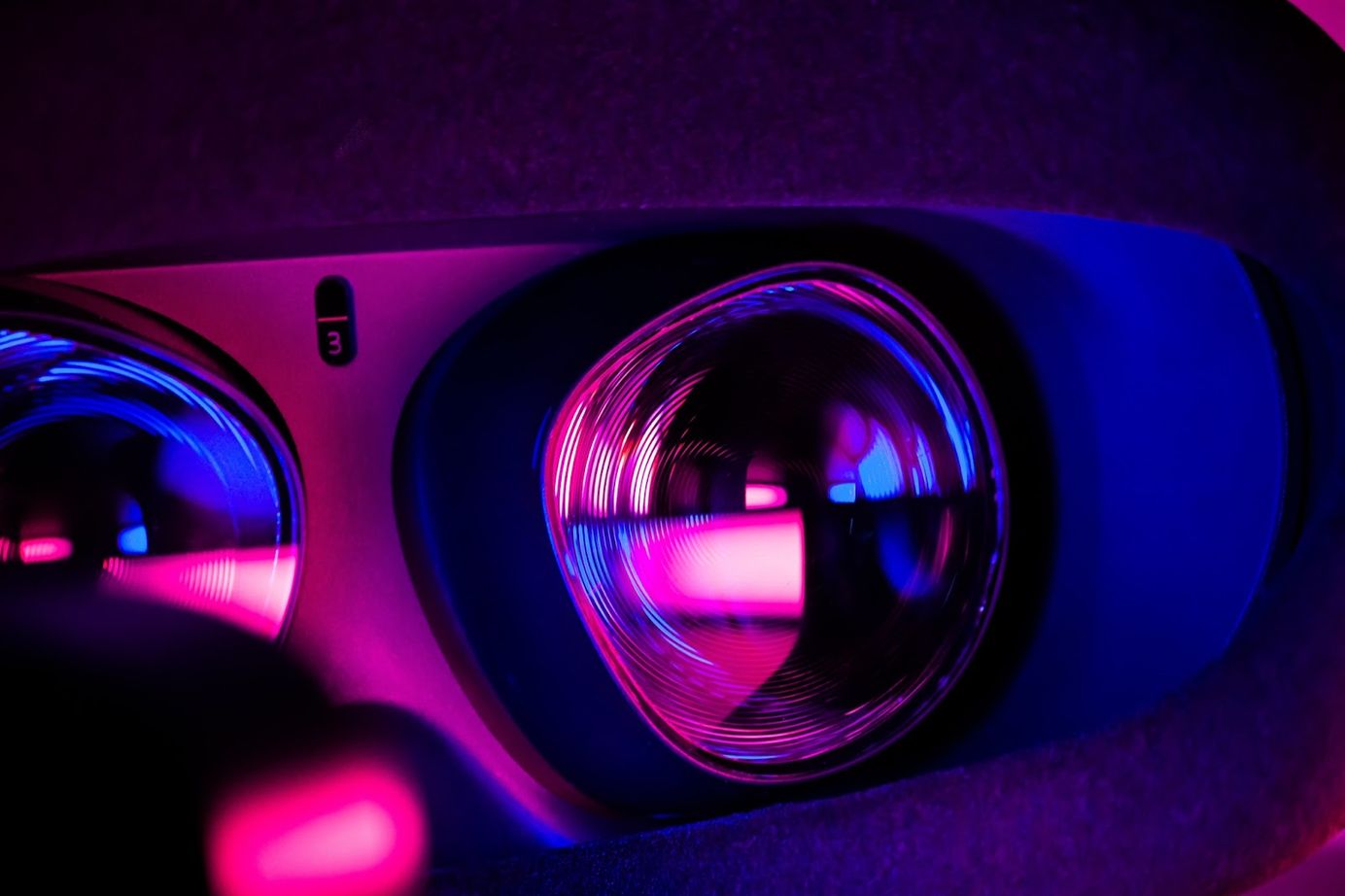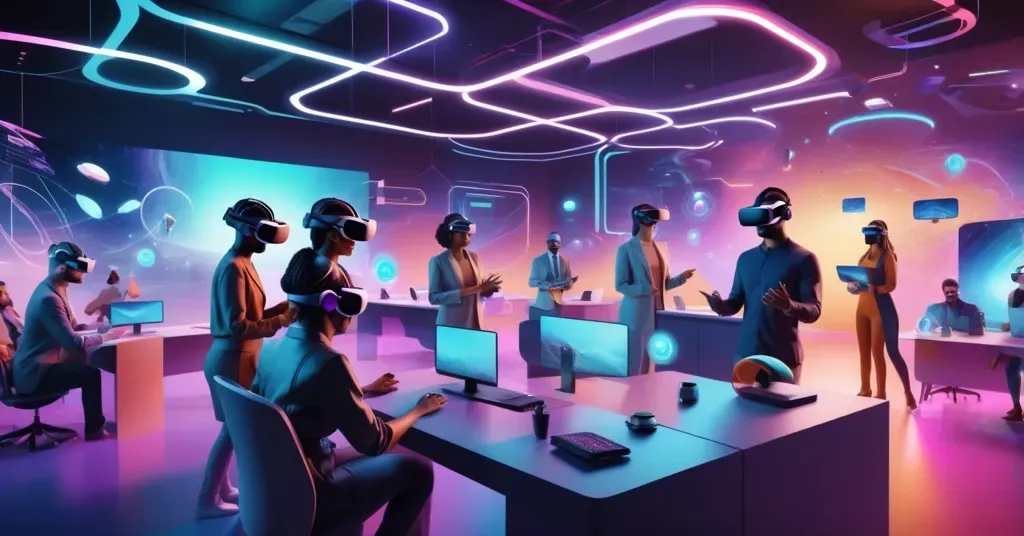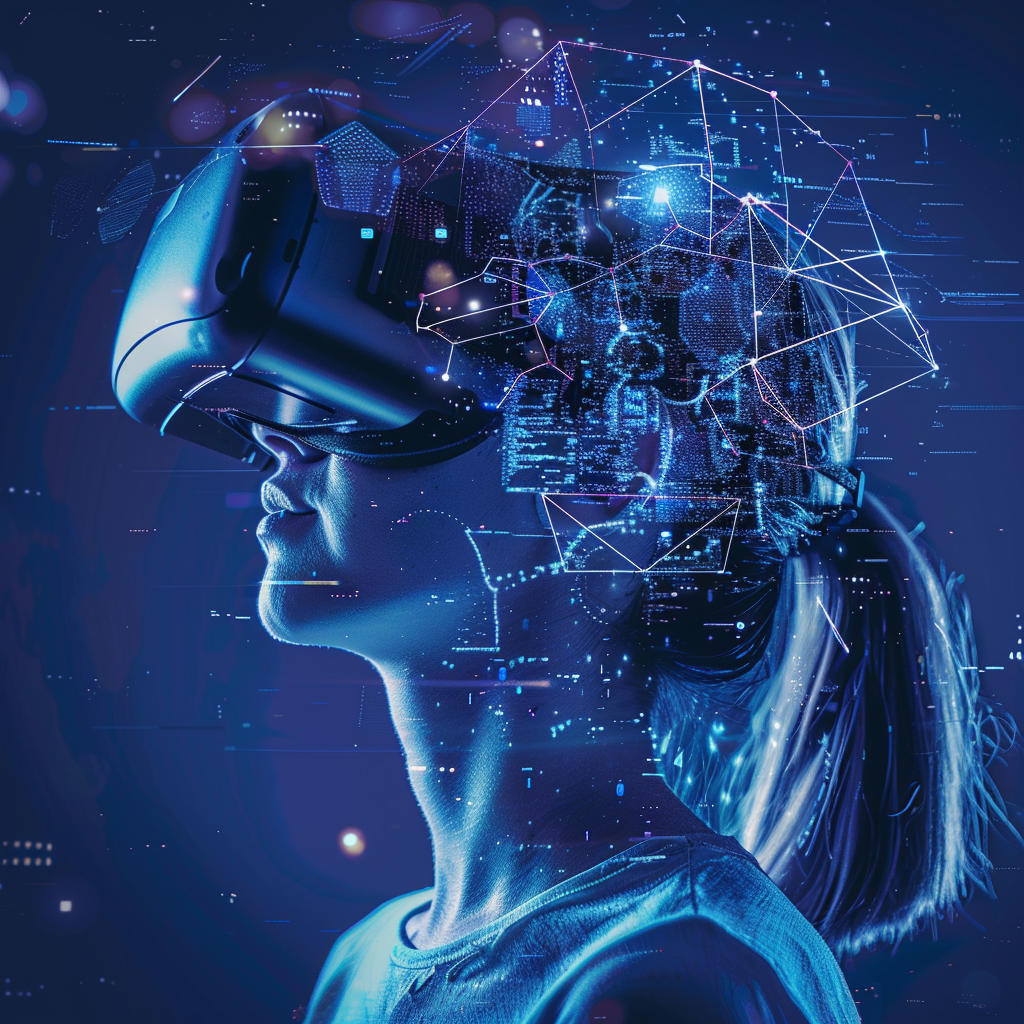
Rewiring the Brain in the Metaverse to Extend Life (part 1)
Brain-computer interfaces (BCIs) allow individuals to control 3D avatars and objects by modulating brain signals in real-time.
“The Metaverse is not magic, it is a new world created by aliens from planet Earth to give an infinite experience of the existing world.” (Anuj Jasani)
Nowadays, everybody talks about the Metaverse and all the opportunities it may bring, besides the unique technologies supporting this virtual reality world. However, it is debated what the Metaverse really is, and still, in 2022 there isn’t yet a clear definition of it. The Metaverse can be seen as a product/service with seven core attributes (e.g., persistence, synchronicity, and interoperability), a virtual place to meet and interact with other players, but also a moment in which physical life is replaced by a digital one building up new identities, relationships, and experiences.
Despite this, we should not deny the importance of technology and its interconnection with the Metaverse (e.g., augmented reality, virtual reality, brain-computer interfaces). Indeed, brain-computer interfaces (BCIs) allow individuals to control 3D avatars and objects by modulating brain signals in real-time. By the mid-2030s early adopters will start to engage themselves in the Metaverse while using BCI technologies connecting their neocortex (i.e., where higher cognitive functions originate) with the virtual space.
What is Metaverse, and how to access it?
In my previous article, I discussed the “Metaverse” and how it rapidly became the new trend in the world of tech, business, and finance. However, its definition is not always clear and is mainly shaped by the ambitions of people using it. In the article, I discussed how the term was originally coined by Neal Stephenson in his novel Snow Crash (1992) where he described a virtual world located in an imaginary future. Indeed, in Snow Crash, the metaverse is represented as a virtual reality (VR) world where real estate can be bought and sold virtually and users wearing VR headsets can choose their own 3D avatar to play the game.
Furthermore, what makes Metaverse accessible are three technologies: a VR headset, digital ownership, and a 3D avatar. Nevertheless, Metaverse can be accessed even without those elements. Indeed, Metaverse is a concept visualized as a virtual space (verisimilar to our reality) where people can work, play, shop, and socialize - nothing different from what individuals usually can do in the reality. Furthermore, the sense of “presence” is emphasized in the metaverse, letting people feel closer to each other as if they are really next to each other. However, although this use of Metaverse can already be found in video games, there is another way to think about it. The venture capitalist Matthew Ball defines the Metaverse as “the successor state to the mobile internet.” In fact, the Metaverse aims to look at nowadays technologies (e.g., smartphones and the internet) to replace them in the future. In addition, Ball expects to create the Metaverse as an open, interconnected, interoperable space as the internet is today.
Suddenly, besides the use of VR, the popularity of the Metaverse was boosted by the entrance of disruptive technologies such as blockchains which made cryptocurrency and NFTs possible, thus leading anyone to talk about it.
Today there are many virtual spaces that can be accessed, although all of them are still working in progress. Nevertheless, to access the Metaverse once wore the right VR headset, 4 more steps follow. An example is given with Decentraland. The steps are:
- Create a 3D Avatar: A digital world needs a digital avatar. Indeed, metaverse allows the creation of customized avatars (e.g., eye and hair color, clothes, accessories, etc.), and anytime the avatar outlook can be updated to suit the user’s expectations.
- Explore and familiarize yourself with the world around you: after creating a personalized avatar, the next step is to start exploring the Metaverse. Indeed, the avatar will be dropped in Genesis Plaza, the starting point in Decentraland. After that, avatars are free to move around, teleporting from one point to another.
- Enjoy and play games: besides exploring the environment and interacting with other users, Decentrland offers the possibility to play games, and avatars are rewarded for their performance.
- Connect with people and make friends: most importantly, the Metaverse aims to create a virtual space to make new friends by playing games and exploring the Metaverse world together.
Looking at the Metaverse from a practical perspective, the most relevant word is people. Indeed, “a lot of people are talking about ‘the metaverse’ these days. Coming off eighteen months of Zoom, Netflix, and Doordash, you can count me out – at least in the form that most folks are imagining,” wrote John Hanke, CEO of the tech company Niantic in a recent blog. Furthermore, he discussed the fact that digital technologies and virtual reality shouldn’t replace the physical world. In fact, people wouldn’t agree to extend their lives in the virtual space. Hence, Manke declares that digital technologies should be considered to enhance the human experience, but not replace their capacities. Accordingly, many others raised this topic such as Philip Rosedale, who argued that the metaverse is “not for everybody” while supervising the Second Life. Across technologies, augmented reality (AR) received much attention over VR. Indeed, it is estimated that the future of the Metaverse will be based on AR, which would be a synthesis of the physical and digital worlds. Not surprisingly, Niantic was recently valued at $9 billion, and many other Tech companies such as North (Google), Snap, Nreal, and Tilt Five are also about to launch their AR products.
Moreover, with a futuristic and sci-fi scenario, the Metaverse would go beyond AR and VR to embrace BCI technologies. For instance, having already shown their capability of restoring speech and writing skills in disabled individuals, BCIs would be capable of replacing screens and hardware in the Metaverse. Accordingly, it will be discussed in the following paragraph how Neurliank aims to generate BCIs to upload whole brains digitally. Another significant example comes from the tech company Valve which in partnership with OpenBCI aims to investigate the field of BCIs from gaming to healthcare.
The Brain in the Metaverse: the life extension
In the next part of this article, I will discuss how human life might be if extended in the Metaverse.
What would be the consequence of uploading our bodies online? How can advanced technologies facilitate this process? Who will be willing to accept that? Which would be the ethical consequences? Which would be the consequences on human life, and how will it change? How will the Metaverse address cybersecurity and brain hacks?
… Stay tuned to know more!
OpenExO Community at SDG Moonshots event
For the 50th Anniversary of the Moon landing, OpenExO Community was part of an awesome event at the UN Headquarters, where leaders, philanthropies, and game-changers got together to transform the world for a better future.
Participants in the SGDS Moonshot event had the chance to listen to our Chairman Salim Ismail and understand how the ExO Methodology is helping organizations, institutions, and people achieve this goal. The video above is from the attendant’s perspective - a real-time collaborative video powered by Mobs.
Join the community and engage, collaborate and feel inspired with other exponential thought leaders, innovation coaches, disruption specialists, startup founders, and tech industry gurus to transform the world for a better future.
ExO Insight Newsletter
Join the newsletter to receive the latest updates in your inbox.









